Not everyone who’s doing digital content understands it: Gurpreet Bhasin
Started around three years ago, One Digital Entertainment’s presence today ranges from music, entertainment and lifestyle to food, comedy, fashion and more.One Digital Entertainment manages digital video content for well-known names like Badshah, Raftaar, Sanjeev Kapoor, Rocky S, Prajakta Koli, Anubhav Sinha, Kolkata Knight Riders, Viacom 18 Motion Picture, Fever FM among others.
In a freewheeling conversation with AdGully, Gurpreet Singh Bhasin, Co-Founder and COO, One Digital Entertainment, traces the company’s journey so far, creating digital content, scope for brands on the digital platforms and more. Excerpts:
What is the genesis behind One Digital Entertainment?
I have been in the content industry for a long time now. I co-founded a mobile content portal while I was pursuing my graduation in 2002, and then have worked with companies like Hungama Mobile, du (Dubai), UTV (Disney). In 2009, I joined Viacom18 and was heading the mobile business for them for around three and a half years. Over time I’ve built close relationships in the music industry with musicians, promoters and managers, and I’ve closely witnessed the difficulties they face going about releasing their original music. As YouTube and other digital platforms took the forefront, over the years we introduced artists to these mediums and, partnering up with Shabir Momin, decided to work as a platform agnostic content network and production house. All the original content we create today is deployed to many platforms, including but not limited to YouTube, Hungama, Saavn, Zenga, Spotify and Daily Motion.
What have been the major challenges in your journey so far?
One of the biggest challenges was perhaps to make established and upcoming creators alike see the sense in making the switch to a platform like YouTube and how we, as a creative network, could partner up with them in building their brands on digital. Some people didn’t see the sense in it with respect to the time they invested and the immediacy of returns both in terms of revenues and building a subscriber base. We told some of these creators that even if the money’s not big today, it’s only going to get better every year as your reach increases. It takes time to build creators on YouTube, and our prime advice to our creators is to upload good content consistently to be able to gain faster from the platform. Although we don’t only work with YouTube, it still remains the number one platform for content, and I think that’s why people say we’re a YouTube company when actually we’re an independent video and creator network.
Apart from creating content, do you also go out to acquire content?
Actually it’s a complex business model. Being an MCN (multi-channel network) is only part of our core business offering even though we were among the first ones in India to get YouTube certification as one. We’re also a digital marketing agency, a social media management agency, a digital video production house with a fully capable in-house team and a full-fledged artist management company for digital stars. And this bouquet of services makes us a very unique company in the industry right now offering end to end solutions for digital creators.
What are the other challenges that you faced while convincing people to adopt YouTube as a platform?
Other challenges included keeping the production quality of our content up to a certain standard while still keeping the investments to a minimum in order to optimise returns for both creators and us. I think now, over a period of time, with our team and the kind of work we do no one in the industry can match the quality of our output vis-à-vis our investment. One of the biggest advantages we have is our network strength of over 2,200 channels, which we use to effectively cross pollinate fan bases between our various channels in the music, food, fashion, lifestyle, comedy genres. Our creators have been very open to these discussions, and the time we’ve invested in educating them is paying off with the kind of subscriber bases they’re building and the interaction.
How is digital content turning out to be a game changer?
Creators today have a lot of independence in creating the content they want to create; no one’s looking for an approval from TV channels or Bollywood. You can create good content from the comfort of your bedroom and turn things around for yourself on your own. People confuse original content for web series, which has become a trend now, but a great example of an Internet sensation who broke big by herself is Lilly Singh aka Superwoman. The fact that there’s a lot of content coming up online and the verdict on whether it’s good or bad lies with consumers directly is the biggest change for us independents.
Do you think with the advent of so many players wanting to launch the original series or up the antenna there is a scope for people like you to churn out much better content than what you were earlier doing?
There are more opportunities today. There are more people we can create content with. Everyone is fighting for exclusivity so there are people reaching out to us today and saying they want to create content with exciting original ideas. While we’re already quite excited about the current crop of commissioned shows we’re doing, there’s definitely scope for more and better.
Could you give us a complete sense of the YouTube space? What kind of content works best on this platform?
Music works well on any platform in India, including TV, OTT platforms and FM, as we’re a music loving country. The democracy YouTube brings in allows you to get discovered sitting at home playing the guitar and building a career from there. Outside of music, food and comedy are big genres. Blogs that fall under the comedy/ inspirational zone, too, and also fashion, makeup, beauty tips and other kinds of DIY content.
What is the duration of the content that is working great?
The fact of the matter is if you have the right edit with no dull moments in the video, the content will work for you. It’s more challenging to keep users engrossed on YouTube because at any given time there are a couple of windows open, so if there’s a dull moment there are high chances the audience will switch to something else. We’ve seen that if a video is rightly packaged and tightly edited, even longer form content works well. Once the play button is pressed, your content speaks for itself. Kapil Sharma’s 90-minute episodes are testament to the fact that content clearly rules. For us, we have tasted success in both short form and long form videos.
What are the scopes and possibilities for brands on the digital platform? What are the pitfalls to avoid?
Today, brands know they need digital platforms, it’s not like how it used to be back in the day. If three years ago a brand spent 5 per cent on digital, today it has increased to 20 per cent or even 50 per cent. Our first successful case study is the show ‘Hitched’, where Rannvijay takes us through preparations for his marriage in vlog format. We brought Jack & Jones on board as title sponsor.
Was the sponsorship integrated within the show?
It was not very in-the-face marketing; however, the freedom to do this depends on the brands you are working with and their requirements. We weren’t bombarding Jack & Jones ads throughout the show. It was a subtle integration, which, fortunately Jack & Jones understood and gave us a brief not to riddle the episodes with their logo. We also did a food show with chef Saransh sponsored by Visit Britain and Virgin Atlantic Airlines shot entirely in the UK. At the same time we have also worked with brands where they weren’t concerned about the content but wanted a big logo in the video.
We see everyday there are so many original content providers and they don’t even give an idea where this content is going to be aired. So, where does this content go?
Everyone today is working on different kinds of content for different platforms. Because of this, every platform has managed to carve out a niche audience for itself, Facebook and YouTube being the key drivers. Over time other OTT platforms will start carving out their own pockets of audiences, depending on the exclusivity of the content they offer.
What is it that makes content work?
I think there is no particular format of content that always definitely works. We create both content that is instantly shot and put up and also content that needs to be treated like a mainstream show. I think as long as the content is honest it works. If no videos relate to your viewers and there aren’t enough opportunities for the audience to engage and give feedback, you’re not really writing a success story. We are working with Mostly Sane aka Prajakta Koli, a vlogger who shoots in a room and deploys content to her channel every week and that’s one kind of content format that works great. Plus, she’s consistent in her uploads, which just adds to the equation. Then there is Darshan Raval creating music videos on a regular basis and is touching 200,000 subscribers today. Rannvijay creates a lot of videos targetting young male audiences, while Sanjeev Kapoor’s channels cater to a large set of mass audiences throughout India. I can go on with infinite such examples of a variety of content that works. While it is a VOD platform, if you don’t consistently remind your creators about your work enough to be able to make watching you a habit, even though they love your content initially, they might move on later.
So how do you get the appointment viewing of content?
First we get people to come and watch the content on YouTube through cross-promotions on our network. We get those first few thousand people to watch it by utilising our influencer network to talk about it, and when the video is picked up by the audience, we create content that keeps them hooked video after video. At least for those users now I needn’t again go through the entire marketing process again.
How are the brands reacting to digital celebrities?
Today, brands are pretty open to exploring collaborations with digital celebrities. A successful case study for us is Raftaar with whom we’ve been working for the past two-and-a-half years. Our first project with him was a campaign for the UN, where they wanted youngsters from every country to participate and ask questions to young leaders about what they’re doing to prevent global warming. Preaching on YouTube doesn’t work, so we had him create a track called ‘Mother Nature’, with a call-to-action in the end. Then we did a campaign with Domino’s Pizza, where we had Raftaar surprise their loyal customers by visiting them in their houses and eating pizza and rapping with them. Recently we did a campaign for Vodafone U, where they wanted to tie up with digital celebrities. We made a two-track deal with them – entire songs and not just jingles – and uploaded and promoted it on Raftaar’s channel. It has crossed 5.5 million views today, so that’s again a great case study for us. We have done similar deals with other influencers as well, for example, Rannvijay, Prajakta, Sanjeev Kapoor, etc. I think brands today are open for these discussions as they know promotions accompanying great shareable content will work better than a traditional ad.
We now see Facebook too getting into this and exclusively releasing content. Do you think they have similar capabilities as YouTube?
Every platform tries to highlight its exclusivity. Facebook is now gearing up with its own video platform – since they have a massive reach – and these are early days, where they’re encouraging people to get on it and deploy their content there. But credit to YouTube for constantly evolving their technology and user interaction, which is why right now as a consumer your first destination to view videos is YouTube. Having said that, Facebook’s video consumption is increasing on a massive pace as well. It shall be very interesting to see the market shape up over the next few years.
How does this work as a profitability in the business you are in?
We are one of the profitable companies in this business. We deploy content in the hundreds and thousands, and the money from that content keeps us running. I think we’ve effectively figured out how to deliver good quality content at smaller investments, and enable the early discovery of talent on our platform by promoting on our network so we don’t need to spend a lot on marketing. Our relationships with brands and our content integrations help us too, so this mix of business models has worked for us.
What are your expansion plans?
Currently, we’re a compact yet efficient team managing 2,200 channels, client accounts, shoots, edits, social media, sales and marketing. We are planning to beef up our teams across different verticals – some across India – and scale up our content production arm to deliver even better quality than right now.
What are the key growth drivers in terms of business and content?
All kinds of content have the scope to grow and scale up business, which is why we’re encouraging our creators to experiment with content as much as they can. A web series we’ve just launched, ‘Life Sahi Hai’, already has around 150,000 subscribers, a channel we launched from zero subscribers and has only three episodes up till now, because the content is edgy, massy, relatable and clicked with the consumers really well. Right now, for us, music, food, fashion, lifestyle and comedy are the five genres that we believe are the pillars for digital media content.
What are the five emerging trends that will impact this industry in a major way in the coming months?
- Collaborations between brands and online influencers will see a big explosion in the branded content space.
- Digital video will expand to beyond just one or two platforms. Various social network platforms as well as standalone VOD/ OTT platforms will build their own niches and relevant audiences.
- While UGC consumption will keep increasing, premium content usage will see a big jump as well.
- Content discovery on social media to play a big role vis-à-vis search only.
- Long form content will see a surge, provided your content is relevant, compelling and valuable.
You partnered with Panorama Studios for ‘Barcode’. How is that series coming up?
Shooting for the series hasn’t begun yet as we’ve recently locked the main cast and are currently closing some brand associations. Shooting starts soon and the series will take around two-three months at this point to get ready for release.



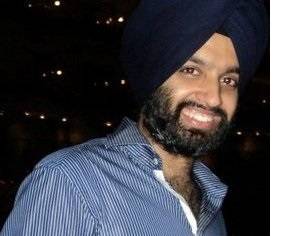
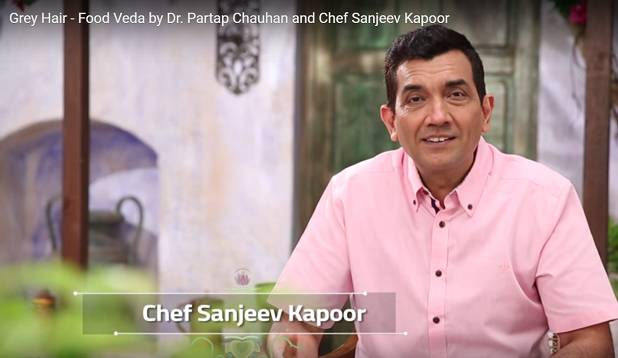
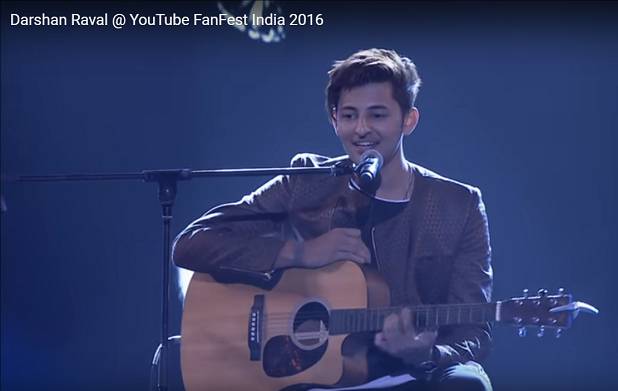
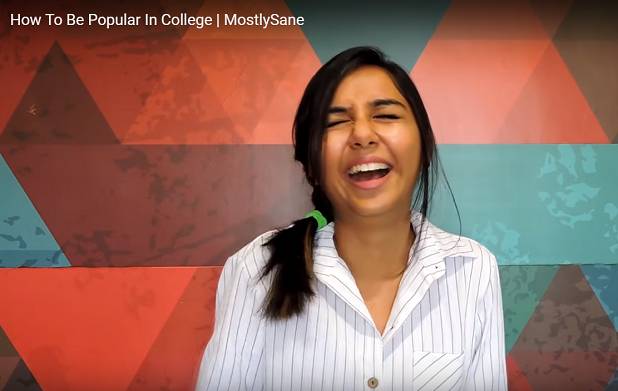
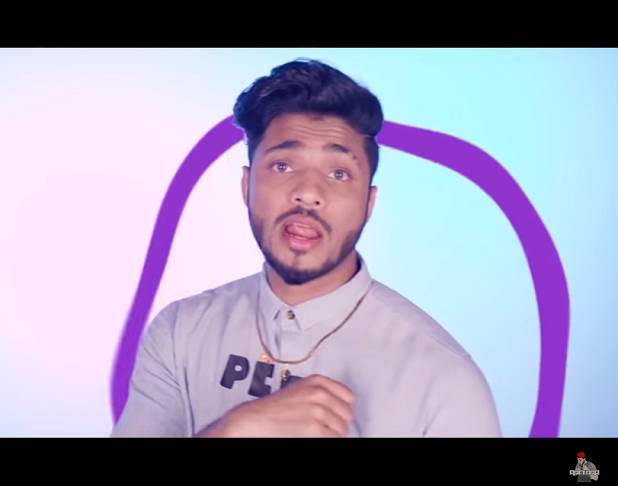
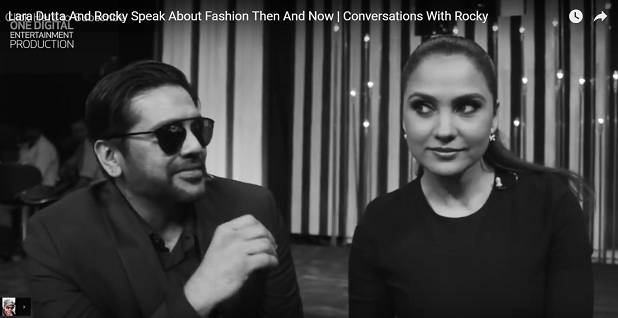
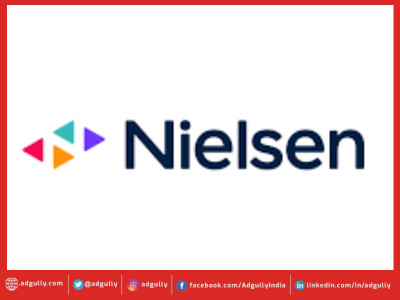



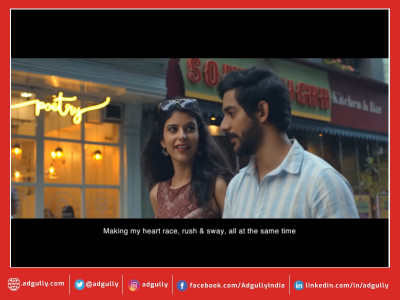
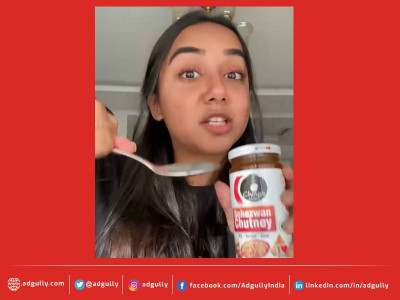

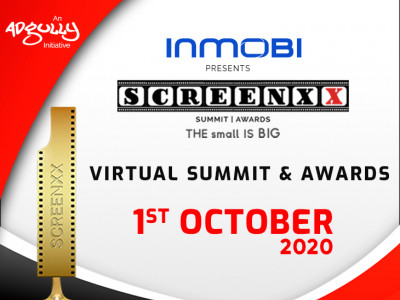
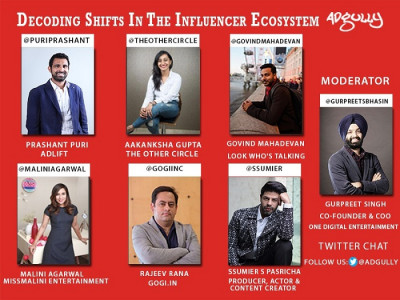
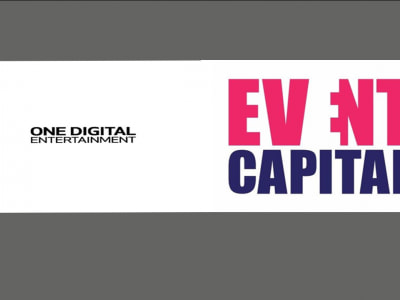
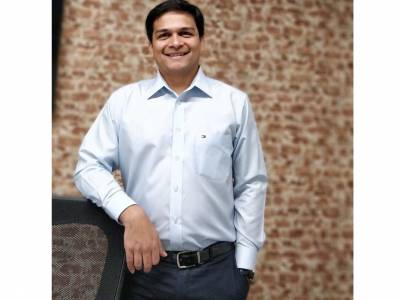



Share
Facebook
YouTube
Tweet
Twitter
LinkedIn